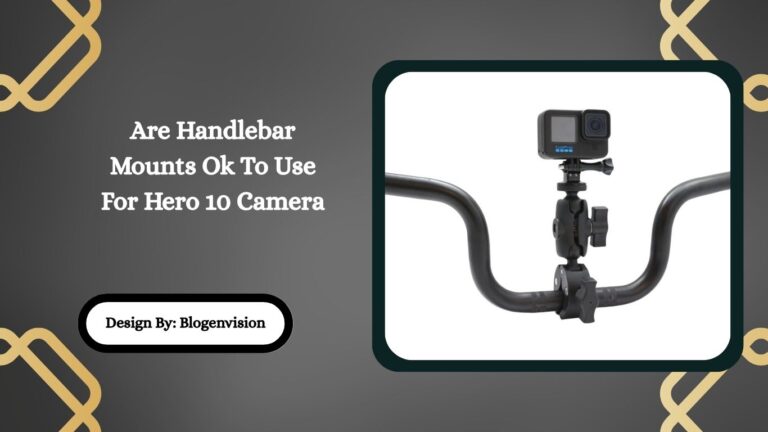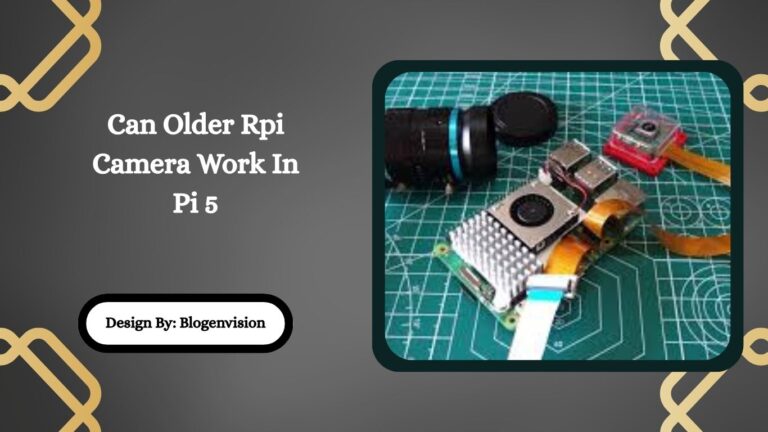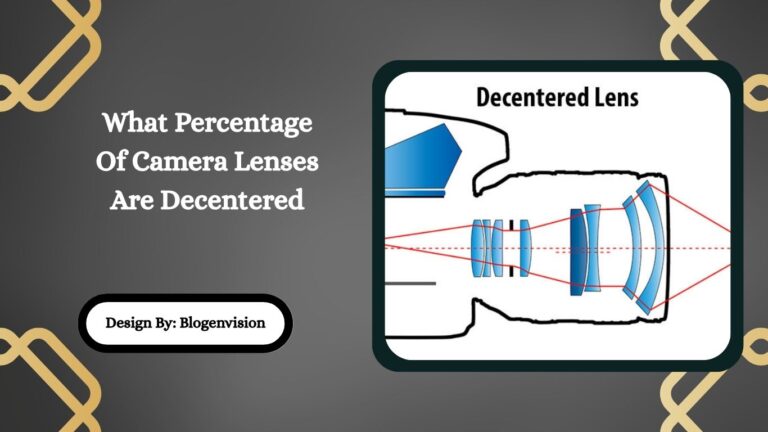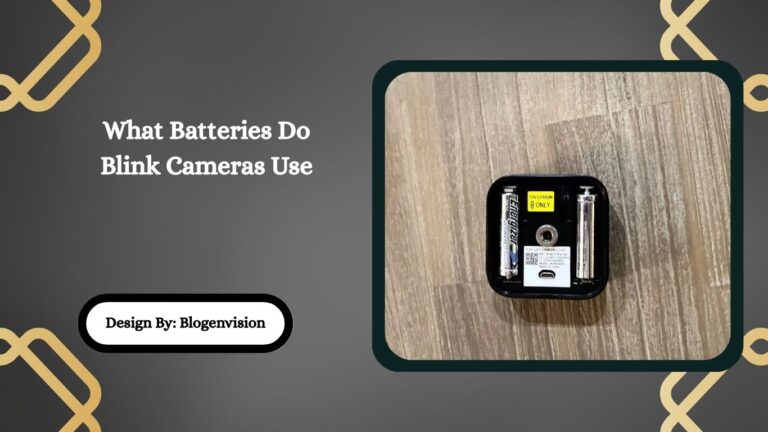How Many Blink Cameras Per Sync Module – Complete Guide!
You can connect up to 10 Blink cameras to a single sync module. For larger setups, you’ll need multiple sync modules, all of which can be managed easily in the Blink app.
If you’re setting up a Blink home security system, one of the most common questions you might ask is: How many Blink cameras can I connect to one sync module?
This is a smart question because the sync module plays an important role in how well your cameras work. In this guide, we’ll explain everything you need to know in simple words — including how the sync module works, how many cameras you can connect, and how to organize your system properly.
What Is a Blink Sync Module?
The Blink Sync Module is a small box that helps your Blink cameras stay connected to your Wi-Fi network. Think of it like a bridge between your cameras and the internet.
It has two main jobs:
- It keeps your cameras connected and working smoothly.
- It helps your cameras save battery by reducing how often they connect to Wi-Fi.
There are two types of sync modules:
- Blink Sync Module (original version)
- Blink Sync Module 2 (newer version with more features)
The newer Sync Module 2 also lets you store video clips locally on a USB drive, which helps you avoid paying for cloud storage.
How Many Blink Cameras Can You Connect to One Sync Module?

You can connect up to 10 Blink devices to a single sync module.
This includes all Blink camera types:
- Blink Outdoor
- Blink Indoor
- Blink Mini (optional)
- Blink Video Doorbell
- Blink XT and XT2 (older models)
So if you have a regular-sized home and plan to place cameras in a few rooms or outside, one sync module should be enough. But if you want to add more than 10 cameras, you’ll need to buy and install a second sync module.
Why the Limit Matters?
Blink has a limit of 10 cameras per sync module to keep the system running well. If you try to connect more than 10, it can slow things down or cause problems with notifications, motion detection, and video recording.
By keeping the limit to 10 cameras:
- The cameras respond faster.
- The video recordings are smoother.
- The app works more reliably.
This helps your security system stay strong and dependable.
Range and Wi-Fi Tips:
Even if you’re within the 10-camera limit, you still need to think about distance. The cameras need to be close enough to the sync module to get a strong signal.
Here are some simple tips:
- Place the sync module near your router for a better internet connection.
- Try to keep your cameras within 100 feet (30 meters) of the sync module.
- Avoid thick walls, metal objects, or appliances between the camera and sync module — they can weaken the signal.
- Test your camera locations using the Blink app before installing them permanently.
Good placement helps you avoid delays or missed motion alerts.
Sync Module 2 and Local Storage:
If you’re using the Sync Module 2, you can store video clips locally without needing a monthly subscription. Just plug in a USB flash drive (up to 256 GB), and the system will save your clips there.
This is perfect for people who:
- Don’t want to pay monthly cloud fees.
- Prefer to keep their video files offline.
- Want backup storage in case of internet issues.
Local storage only works if your cameras are connected to the sync module. Blink Mini cameras, for example, can work without a sync module, but they must be connected to Sync Module 2 if you want to use local storage.
Managing More Than One Sync Module:

If you need more than 10 cameras, don’t worry. The Blink app lets you add more sync modules and organize your devices into groups.
Here’s how that works:
- Each sync module manages up to 10 cameras.
- You can name each module in the app (like “Backyard Cameras” or “Office Cameras”).
- All cameras and modules are controlled from one app.
- You can view all your camera feeds in one place.
This is helpful for:
- Large homes
- Multi-level buildings
- Businesses or offices
- Monitoring multiple properties
You’ll still get all your motion alerts and video clips, even if your cameras are split across two or more sync modules.
Battery Life and System Performance
Using a sync module helps your Blink cameras last longer on battery power. When connected to a sync module, the cameras don’t need to talk to the Wi-Fi router as often — saving energy and extending battery life.
Blink cameras use two AA lithium batteries, and with proper sync module connection, they can last up to two years in many cases. Without a sync module, they may drain faster.
FAQs:
1. Can I use Blink cameras without a sync module?
Yes, some cameras like Blink Mini can work without it, but features like local storage and better battery life require a sync module for full performance.
2. Does each Blink camera need its own sync module?
No, one sync module can support up to 10 cameras. You only need additional modules if you exceed this limit or want to separate camera groups by location.
3. Will the sync module improve my camera’s battery life?
Yes, the sync module helps cameras use less power by reducing direct Wi-Fi usage, which can extend battery life up to two years in many cases.
4. Can I use Blink cameras in different buildings with one sync module?
Not ideally. Blink cameras need to be within about 100 feet of the sync module. For separate buildings, it’s best to use additional sync modules.
5. Do Blink cameras work without the internet if connected to a sync module?
No, Blink systems still need the internet for live view, alerts, and saving video clips—even if you’re using local storage with Sync Module 2.
Conclusion:
A Blink sync module supports up to 10 cameras, making it perfect for most home or small business setups. It boosts performance, improves battery life, and supports local video storage with Sync Module 2. If your needs grow, simply add another sync module and manage all devices in one easy-to-use app. With proper planning and placement, your Blink system can be both efficient and reliable for long-term use.
Related Post:
- What Do Hidden Cameras Look Like – Finding Hidden Spy Cameras!
- Do All Traffic Lights Have Cameras – Complete Truth Explained Simply!
- Ring Camera Alternative – Simple Guide to Home Security Options!
- Types Of Traffic Cameras – Complete Guide to How They Work!
- Do Atms Have Cameras – Complete Security Guide!







